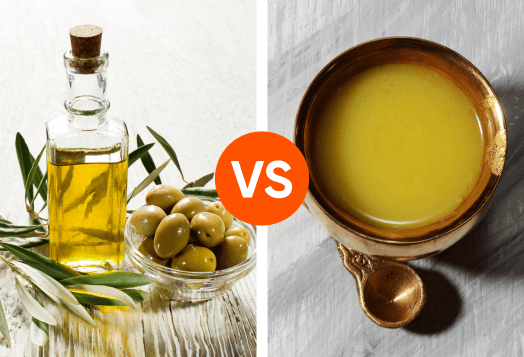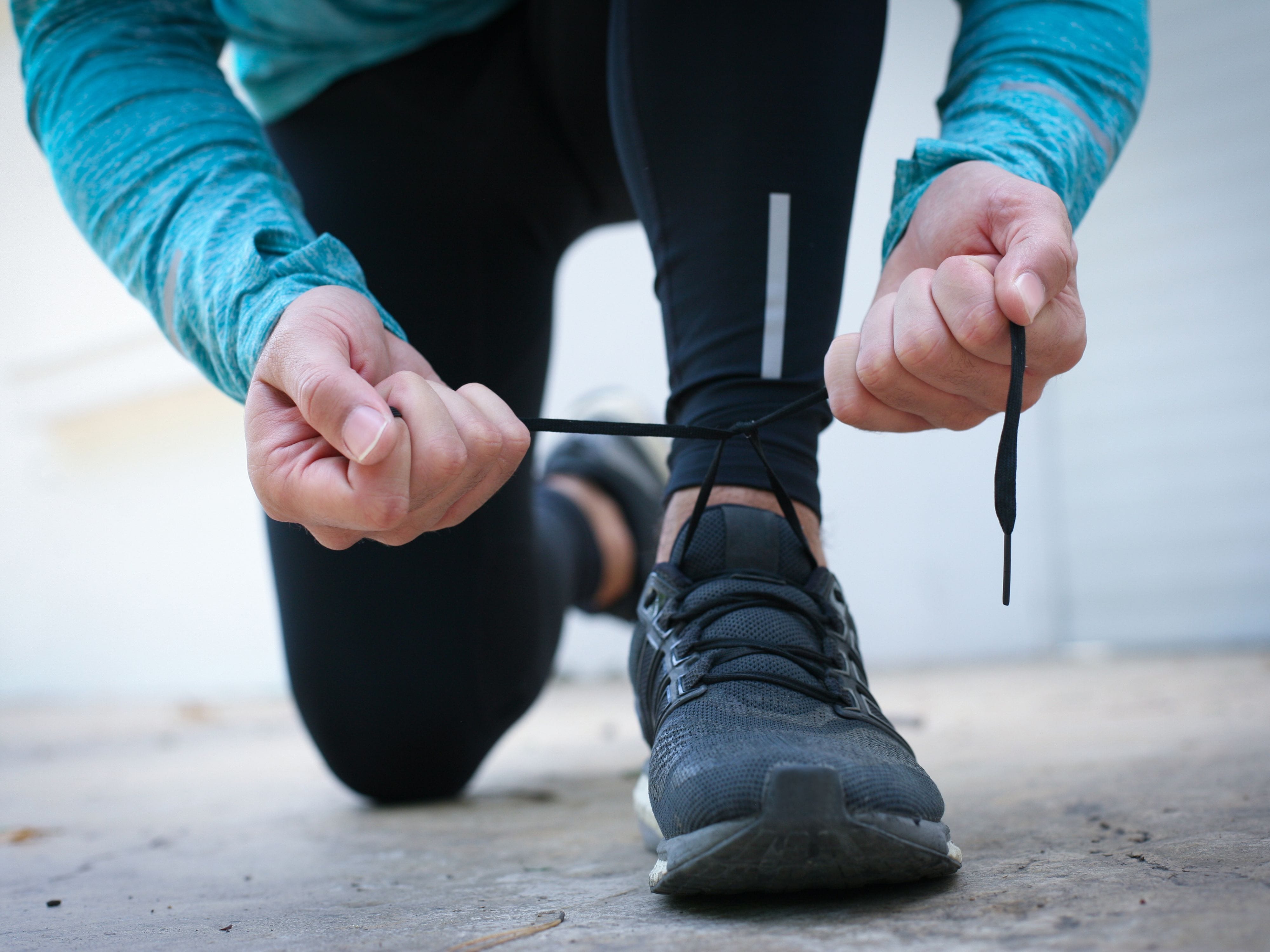
You've laced up your shoes and hit the pavement, determined to lose those extra pounds. But just when you're about to start, a question arises - is a brisk walk enough, or do you need to break into a full-on run? Which one will help you reach your goal faster? Let's settle the debate on running vs. walking for fat loss once and for all.
The Ultimate Showdown
Runners love the intensity of the sport, while walkers insist their activity is better for the body. Which is more effective for weight loss?
A significant study examined data from nearly 50,000 people who have been either running or walking for years. Researchers found that while running might have a slight advantage in certain cases, such as for men overall and for women starting out with the most pounds to lose, walking proved to be a highly effective and accessible way to shed pounds for the majority of participants.
But, if quick weight loss is the goal, running is a clear choice—if you can do so safely. In this study, the heaviest runners saw 90% greater weight loss per energy expended when running compared with walking.
So, which is better for fat loss, walking or running? The answer depends on your individual circumstances and goals. Running might be a good option if you're looking for rapid weight loss and can safely handle the higher impact. But, if you're new to exercise, prefer a lower-impact activity, or simply enjoy a good walk, don't discount its power. Walking consistently can lead to significant weight loss over time and offers a host of other health benefits. Ultimately, the best exercise is the one you can stick with consistently.
Maximise Your Calorie Burn
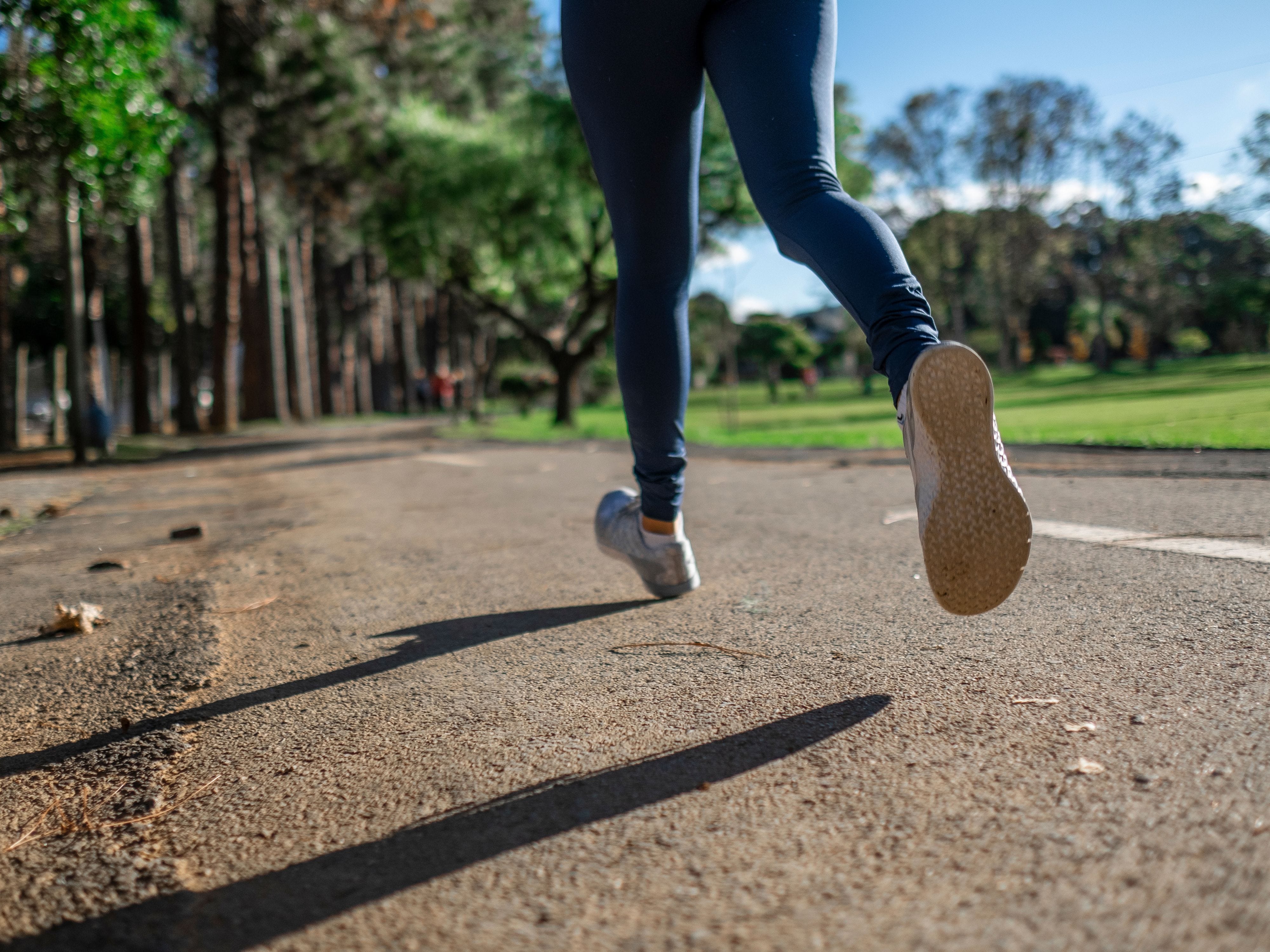
When it comes to weight loss, many people wonder about the differences between running vs. walking calories burned. While running generally burns more calories per minute due to its higher intensity, walking can still contribute significantly to calorie expenditure, especially when done briskly and for longer durations. Let us explore the benefits of walking vs. running for weight loss.
The Perks of Running for Weight Loss
1. Efficient Calorie Burning:
Running torches more calories per minute than walking, making it a powerful tool for faster weight loss. This is especially beneficial for those with limited time for exercise.
2. Increased Afterburn:
Running elevates your metabolism for longer periods post-workout, leading to a continued calorie burn even after you've finished your run. This "afterburn effect" contributes to greater overall fat loss.
3. Improved Body Composition:
Running not only helps you shed fat but also builds lean muscle mass. This leads to a more toned physique, further enhancing fat loss through running and making it easier to maintain a healthier weight.
The Perks Of Walking for Weight Loss
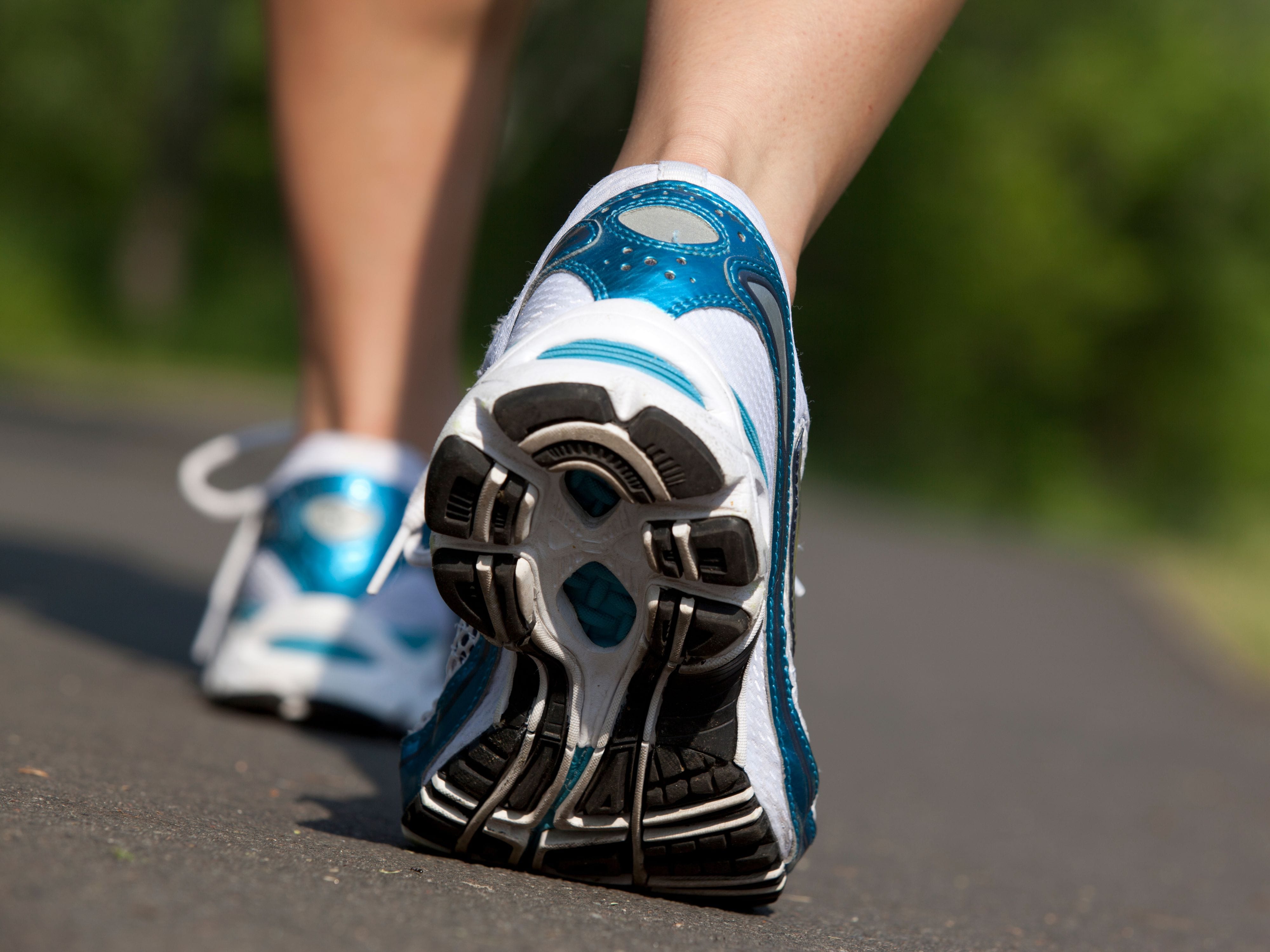
1. Joint-Friendly Fitness:
Walking is a low-impact activity that places minimal stress on your joints, making it a safe and effective option for people of all ages and fitness levels.
2. Belly Fat Loss with Walking:
Walking, particularly when combined with a healthy diet, can effectively reduce visceral fat, the harmful type of fat that surrounds organs and increases the risk of chronic diseases.
3. Boosts Metabolism:
Regular walking can increase your metabolism, both during and after the activity. It also helps you preserve muscle mass, which is crucial for maintaining a healthy metabolism.
The Bottom Line
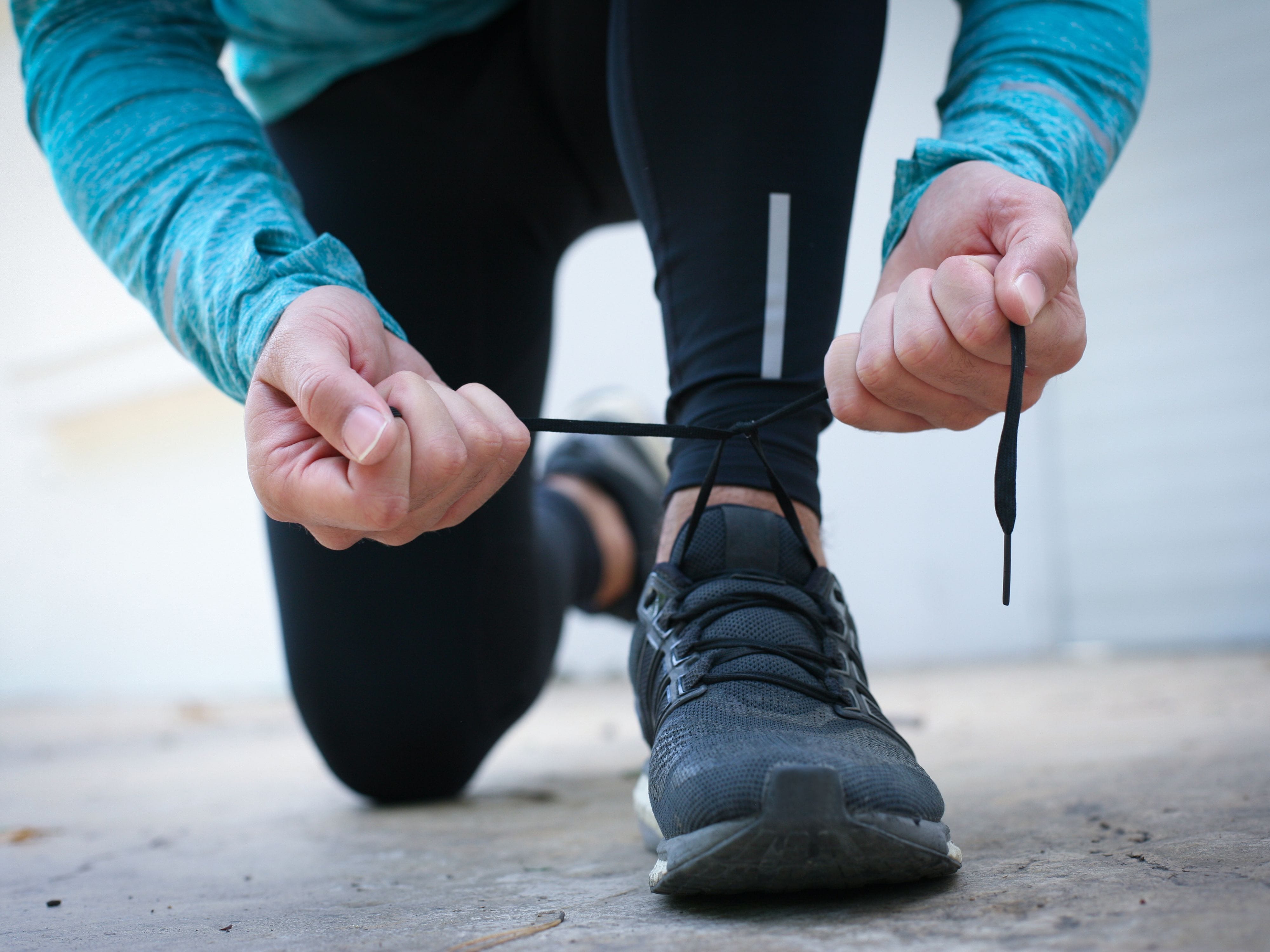
Ultimately, both running and walking offer incredible benefits for fat loss and overall health. The best choice for you depends on your individual preferences. The most effective approach to walking vs running for weight loss is the one that you can stick with consistently. Whether you choose to run or walk, celebrate your progress and enjoy the incredible benefits of movement.
Disclaimer: This information provided is intended for general informational purposes only. It is not a substitute for professional advice or guidance. For personalised recommendations or specific concerns, please consult a certified professional.


